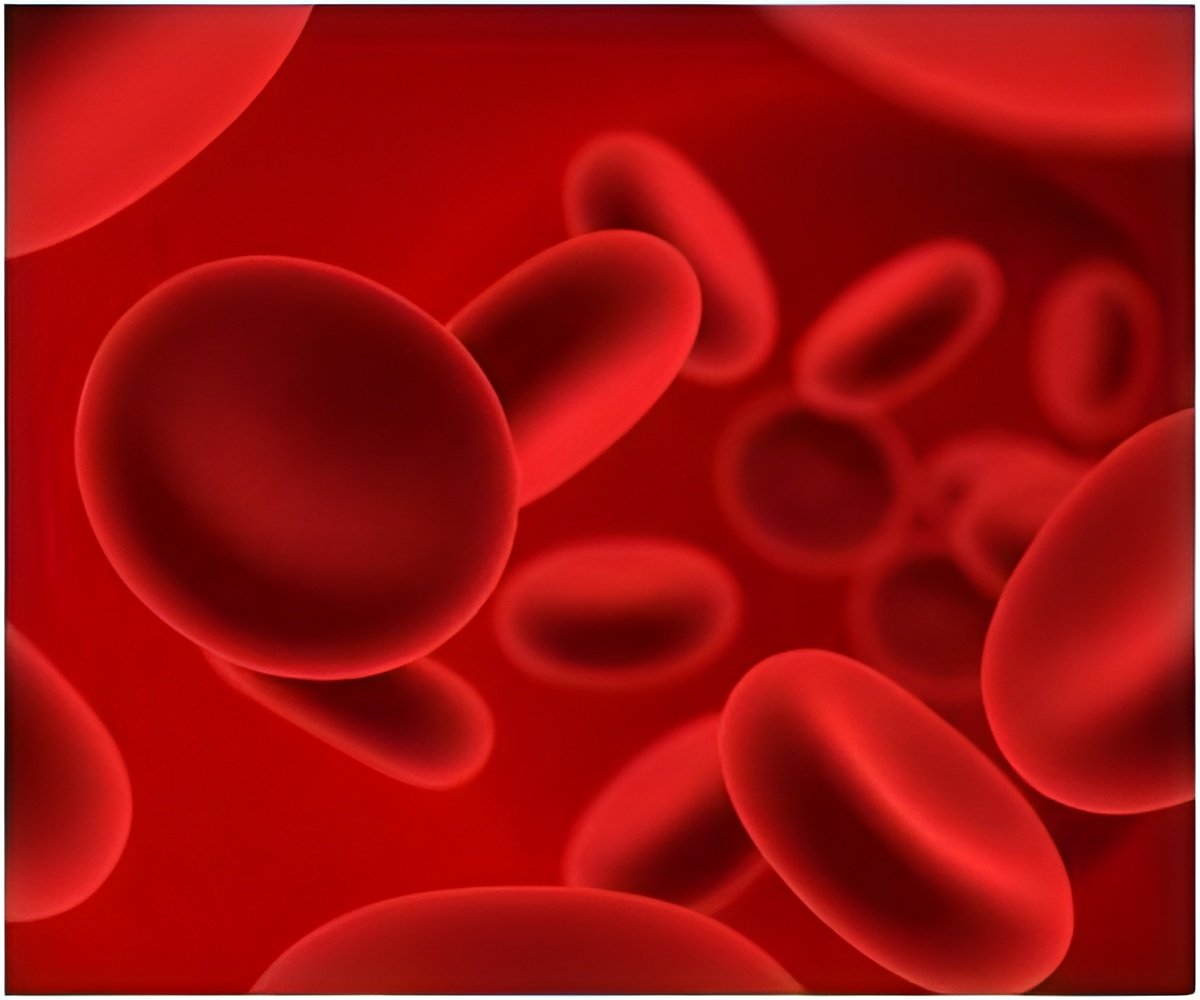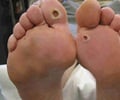
The peripheral nervous system is the part of the nervous system outside the brain and the spinal cord. It regulates almost every aspect of our bodily function, carrying sensory information that allows us to feel the sun on our face and motor information, that allows us to move. It also controls the functions of all the organs of the body.
Damage can occur through trauma: it can occur in diabetic neuropathy (suffered by almost half of those with diabetes) and patients with common inherited conditions such as Charcot-Marie-Tooth (CMT) disease. There can be a wide range of symptoms, from loss of sensation in the hands and feet to problems with digestion, blood pressure regulation, sexual function and bladder control.
Schwann cells provide the insulation, or myelin sheath, for the nerve cells that carry electrical impulses to and from the spinal cord. Schwann cells, because of their plasticity, are able to revert back to an immature 'repair' cell to repair damage to the peripheral nervous system. The level of repair is remarkably good but incomplete repair, perhaps after the severance of a nerve, may lead to long-term loss of function and pain.
The ability of Schwann cells to demyelinate can make them susceptible to the disease process seen in conditions such as CMT. CMT affects one in 2500people, so is a comparatively common inherited disease of the nervous system. Mutations in the many different genes in CMT can cause cycles of repair and re-insulation (re-myelination) which lead to long-term damage and the death of both Schwann and nerve cells. There is currently no therapy for CMT and patients experience increased sensory and motor problems which may lead to permanent disability.
The research team believes that its work to understand the ability of Schwann cells to revert back to an immature state and stimulate repair will lead to therapies to improve damage from severe trauma and break the cycle of damage caused by CMT. They also believe that there may also be potential to improve repair in cases of diabetic neuropathy.
Advertisement
Professor David Parkinson, Associate Professor in Neuroscience, Peninsula College of Medicine and Dentistry, University of Exeter, said: "The findings of our research are exciting because we have pinpointed and are understanding the mechanism by which our bodies can repair damage to the peripheral nervous system. With further investigation, this could well lead to therapies to repair nerve damage from trauma and mitigate the damage which relates to common illnesses, such as CMT."
Advertisement
Source-Eurekalert











